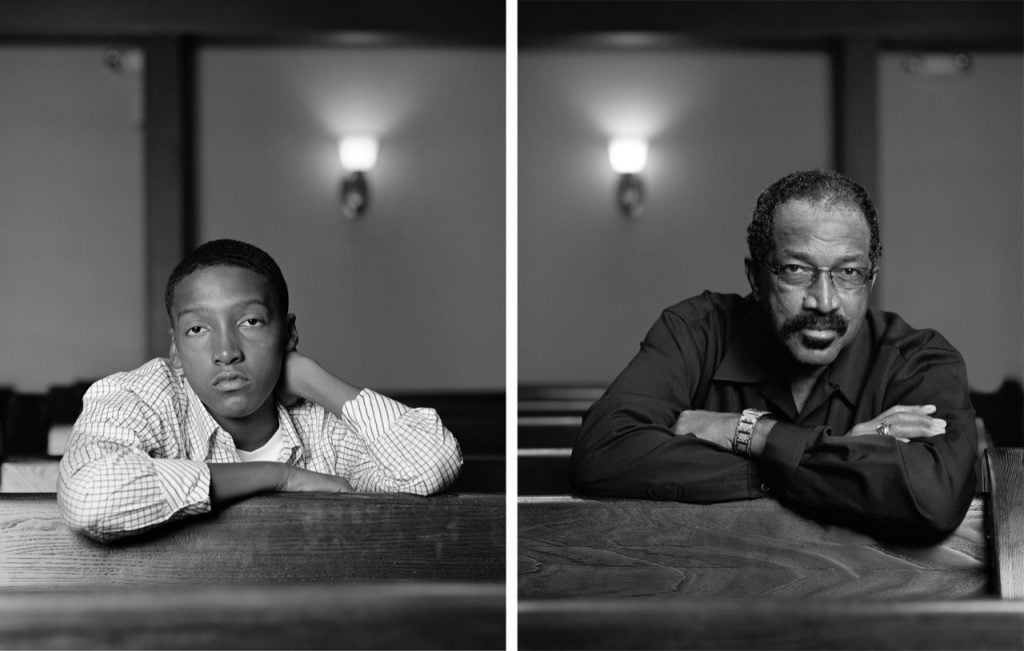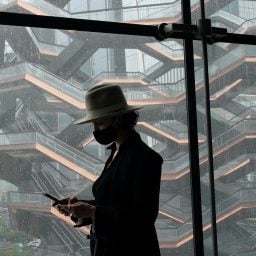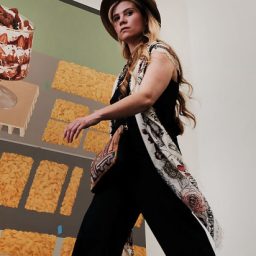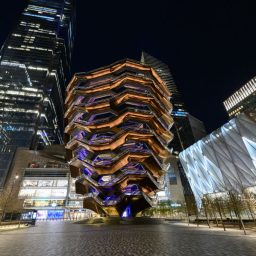“How are the arts responsible for disrupting, complicating, or shifting narratives of visual representation in the public realm?”
That was the prompt given to the dealers participating in this week’s Frieze New York art fair, which will honor Harvard scholar Sarah Elizabeth Lewis and her Vision and Justice educational initiative, which focuses on how pictures are inextricably intertwined with representation.
The fair’s program is billed as a “tribute” to Lewis and Vision and Justice, but that description is slightly misleading.
Whereas most fair tributes come in the form of an honorary exhibition—an inherently passive exercise—Frieze’s effort is more active. More than 50 of the event’s 60-some galleries have responded to the prompt in a number of different ways: special presentations on the fair floor and in the online viewing room, digital lectures and panels, and film screenings and fundraisers.
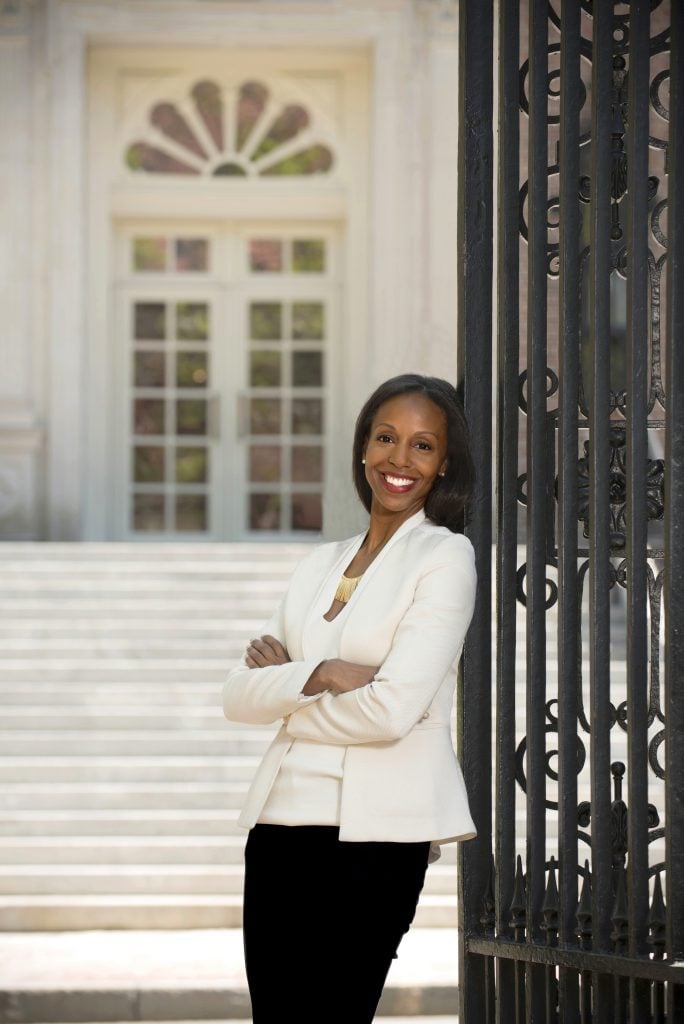
Sarah Elizabeth Lewis. Photo: Stu Rosner.
“It brings representational justice into focus in a way I could not have imagined,” Lewis said in a statement. “The number of participating galleries and museums involved, the groundswell of engagement around this important framework is exactly the type of effort that evokes change.”
“What Frieze New York has created here is a chance to reflect and harness the power of what an art fair can be after the global pandemic and a way forward for the future.”
Loring Randolph, Frieze New York’s director of programming, echoed the sentiment.
“The extraordinary response we’ve seen has surpassed all expectations,” she said. “The Vision and Justice project is an initiative that looks from the past to the future, putting the question of what role art plays in the relationship between race and citizenship in the U.S. at center stage. We wanted to shine a spotlight on that.”
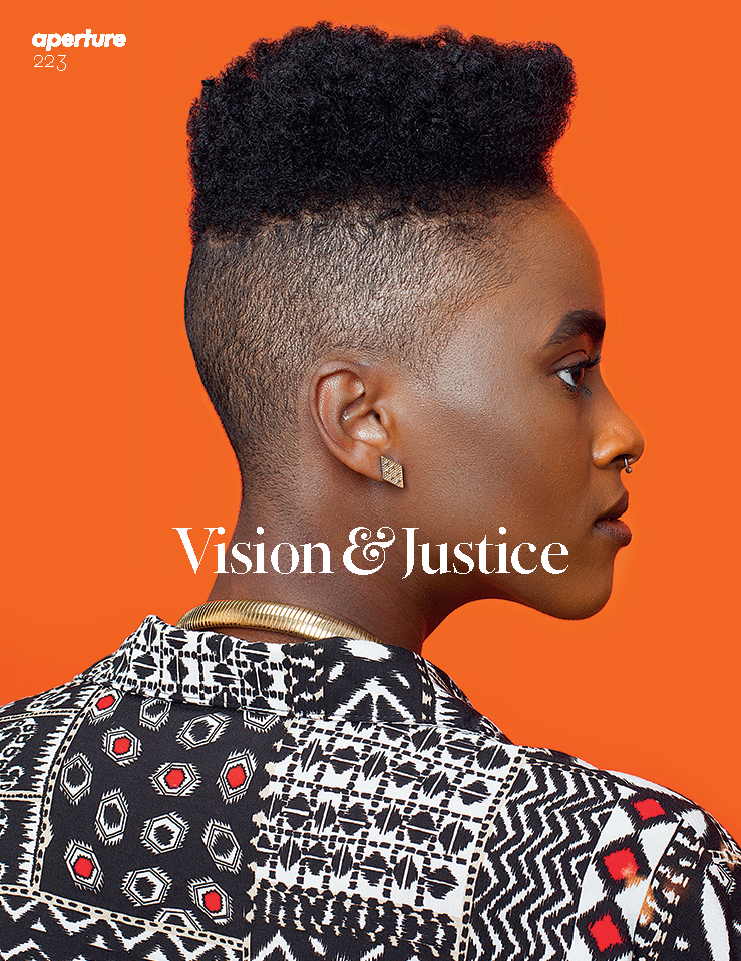
Awol Erizku’s Untitled (Forces of Nature #1) (2014) on the cover of the 2016 Vision & Justice issue of Aperture. Courtesy of Ben Brown Fine Arts and the artist.
Vision and Justice was born from Lewis’s Harvard course of the same name, in which she explored “how visual representation in the arts has limited and liberated our definition of American citizenship and belonging,” she recently told the Financial Times. It’s about what she calls “representational justice,” using images to expand cultural narratives around race.
After applying the tenets of her curriculum to a 2016 issue of Aperture magazine, which won a 2017 Infinity Award for Critical Writing and Research from the International Center of Photography, she formally founded Vision and Justice, a hybridized program that so far has included an exhibition, a two-day convention, and a forthcoming series of books. (A copy of the Aperture issue was given to every gallery at Frieze this year.)
Lewis was approached by Randolph last year with the idea of adapting her platform to the fair.
“The past 12 months gave me the opportunity to rethink how we approach programming at the fairs,” Randolph said. “So much has happened in the past year, and I felt an urgent need to acknowledge that by slowing down and looking towards a more scholarly and educational way of thinking.”
Highlights of this week’s tribute include screenings of Aggie, a 2020 feature-length documentary about art collector and philanthropist Agnes Gund, and Black Art: In the Absence of Light, HBO’s look at the influence of David Driskell’s landmark 1976 “Two Centuries of Black American Art” exhibition. New commissions from Carrie Mae Weems, Hank Willis Thomas, and Mel Chin are also part of the program.
You’ll also find solo presentations at Frieze of works by artists like Sanford Biggers (Massimo De Carlo), Stan Douglas (David Zwirner), and Melvin Edwards (Alexander Gray Associates), plus panels with Dawoud Bey (Sean Kelly Gallery), McArthur Binion (Lehmann Maupin), and Awol Erizku (Ben Brown Fine Arts).
On Thursday, May 6, Lewis will moderate a stacked panel including filmmaker Ava DuVernay, artists Weems and Theaster Gates, Black List-founder Franklin Leonard, and trumpeter Wynton Marsalis. The talk, available to all via Zoom, will center on the challenges of Black cultural production today. (You can find the full slate of Frieze’s Vision and Justice programming here.)
Lewis brought up several of the panelists’ names to Randolph just after the Frieze rep first reached out.
“She wanted to ensure that the many people who have inspired and set the foundation for her work were included,” Randolph said. “It is because of that spirit that Frieze wanted to involve so many in the art world community, who have come together to participate in the tribute.”
